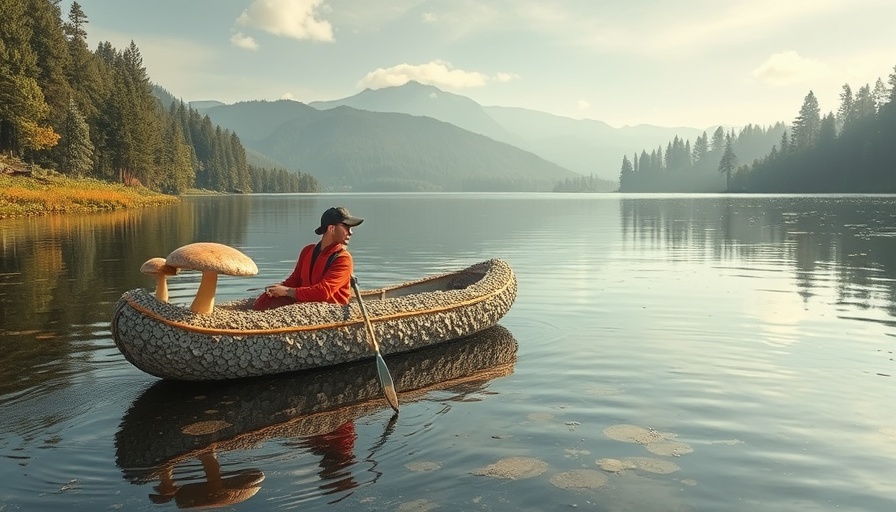
Understanding Retrofitting: What It Means for Your Home
Retrofitting is a term that might sound a little technical or even intimidating, but in reality, it’s all about upgrading your home to make it better. Imagine giving your home a little makeover that makes it warmer and more efficient without the hassle of major renovations. Retrofitting could involve simple yet effective changes, such as adding insulation, replacing old windows, installing new heating systems, and embracing smart home technologies.
Why Retrofitting Matters in Scotland
Scotland boasts a diverse range of homes, from historical buildings to modern houses. However, many of these older structures weren't designed with energy efficiency in mind. As a result, heating these homes accounts for around 20% of Scotland's carbon emissions, a significant factor considering the Scottish Government's pledge to achieve net-zero emissions by 2045. By embracing retrofitting, homeowners can contribute to reducing energy consumption, ultimately benefiting both the environment and their wallets.
Benefits of Retrofitting: Comfort and Savings
Retrofitting is not just an eco-friendly move; it can also enhance your day-to-day living conditions and financial situation. Well-insulated homes tend to be warmer in winter, less susceptible to dampness, and more pleasant overall. Additionally, energy-efficient homes often see an increase in their Energy Performance Certificate (EPC) ratings. In today’s market, this can give your property a competitive edge, making it more attractive to prospective buyers and renters.
Taking the First Step: Where to Begin
If you’re excited about retrofitting but unsure where to start, don't worry! You don't have to tackle everything at once. Even small upgrades, like improving loft insulation or replacing an outdated boiler, can have a tangible impact. There are also various grants and funding opportunities available through initiatives like Home Energy Scotland that can help offset the costs of these improvements.
Getting an Energy Assessment: A Smart Move
A great first step in your retrofitting journey is to get an energy assessment for your home. This can help identify how well your home is performing and pinpoint which retrofitting changes will add the most value. Moreover, many local authorities offer advice and support for homeowners looking to improve energy efficiency, so don’t hesitate to reach out for assistance!
Making a Positive Change for the Future
Retrofitting might not be the flashiest home improvement project out there, but it’s one of the most crucial. As the demand for energy-efficient homes rises in Scotland, retrofitting is reshaping the housing landscape. Whether you plan to sell, buy, or simply want to ensure your home is prepared for the future, retrofitting offers numerous benefits.
Ultimately, it’s not just an upgrade; it’s a commitment to a more sustainable, comfortable, and economical living environment. Are you ready to explore how retrofitting can enhance your property?
 Add Row
Add Row  Add
Add 





Write A Comment